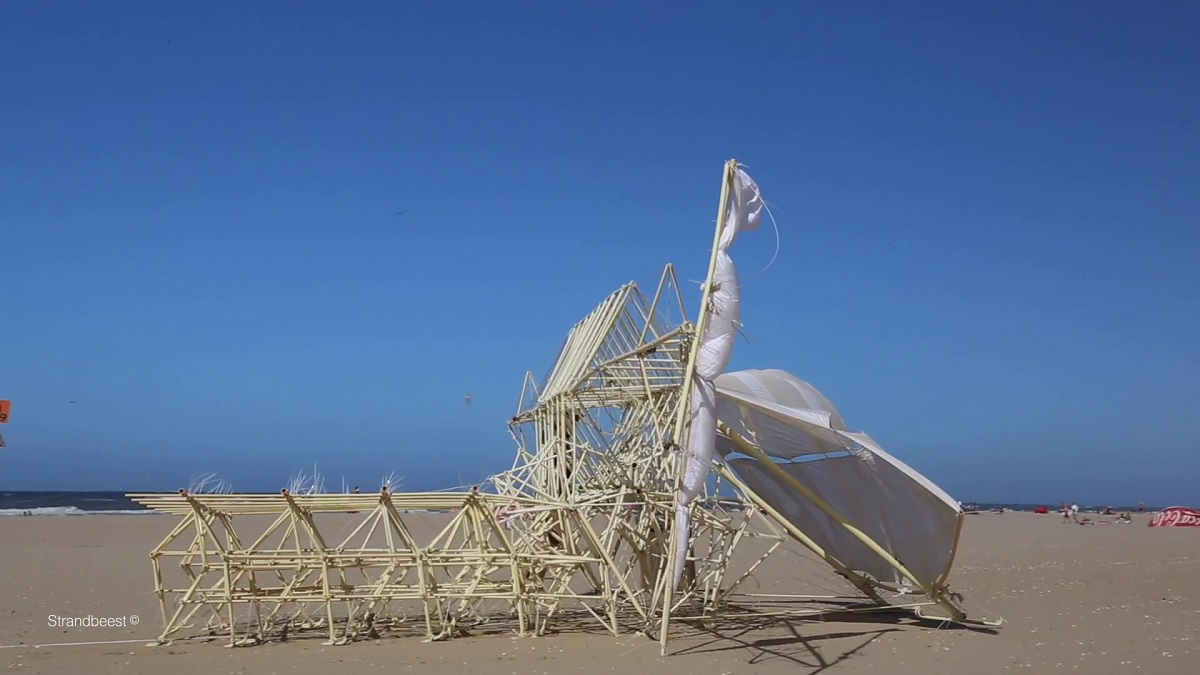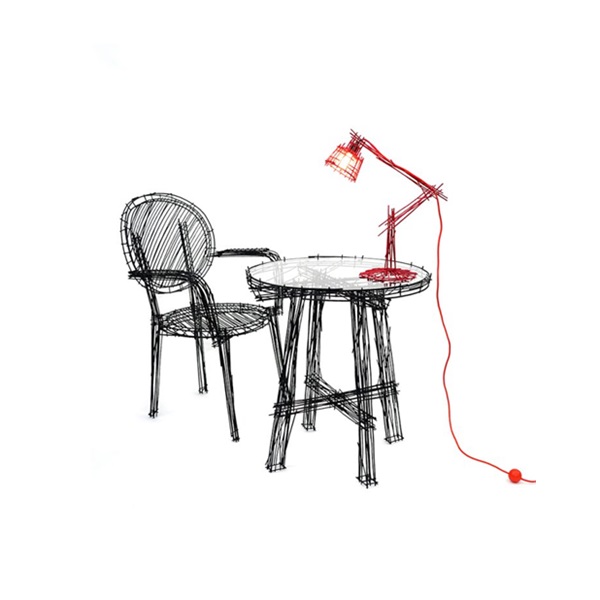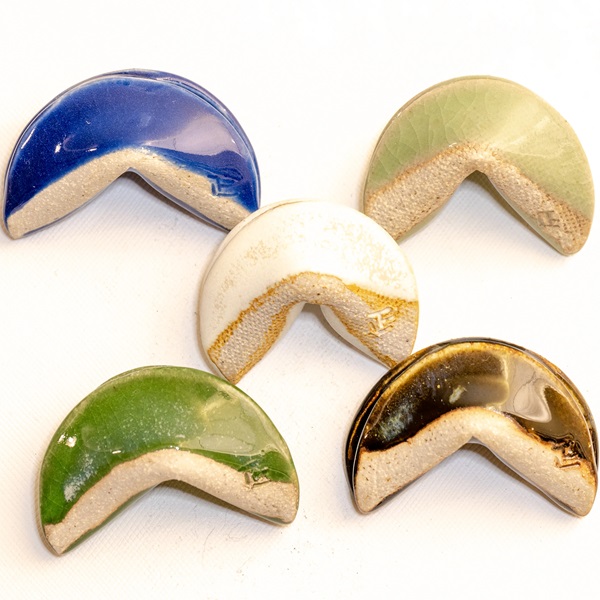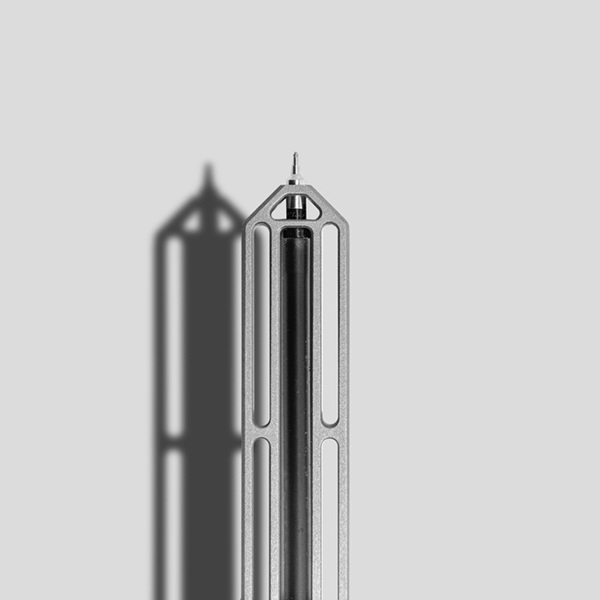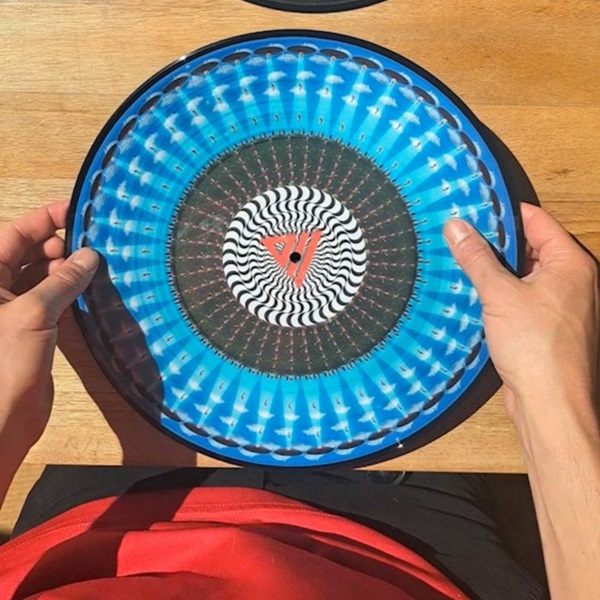
Theo Jansen is a Dutch artist and inventor best known for his kinetic sculptures called Strandbeests, which resemble walking animals. He was born in The Hague, Netherlands, on March 14 1948. Before choosing to pursue art, he majored in physics at the University of Delft. In 1990, Jansen started producing Strandbeests. Over time, they evolved into a wide variety of species, each with its own particular appearance and way of movement.
How does Strandbeests Work?
Jansen builds Strandbeests out of recycled materials and PVC pipes. The wind drives them, and their movements are regulated by a system of pulleys and gears. These PVC pipe sculptures walk independently by flapping their upper bodies like wings in the wind. According to Jansen, he sees these wind-driven walking machines as a way to investigate how art, engineering, and nature interact.
These wind-powered walking machines are a sight to behold. They are able to run, walk, and even jump. People typically describe them as both playful and interesting. The movements of Theo Jansen’s Strandbeests are so realistic that one would think they were alive. To keep their bodies level and steady, their legs move in perfect sync. They possess simple logic gates that have the ability to change their direction. These gates detect any liquid or sand that might cause them to become stuck.
Jansen has stated that he wants his Strandbeest sculptures to be fully autonomous, and in recent years, he has been working to increase their autonomy. Compared to the previous Strandbeests, the new ones are a lot closer to this aim. Thanks to their new design, they move much more fluidly as well.
As he pushes the boundaries of what robots can do, his work demonstrates his infinite imagination and creativity. Jansen’s Strandbeests, which mix nature and technology, question our idea of what it means to be alive.

